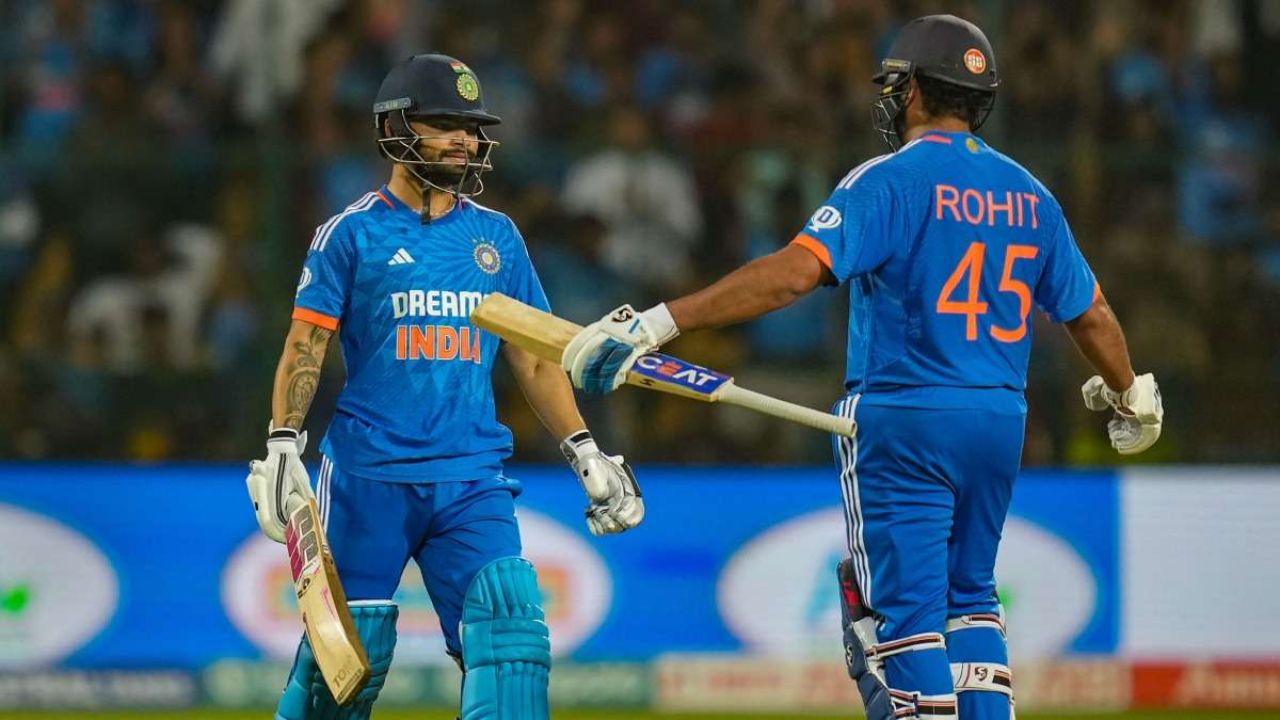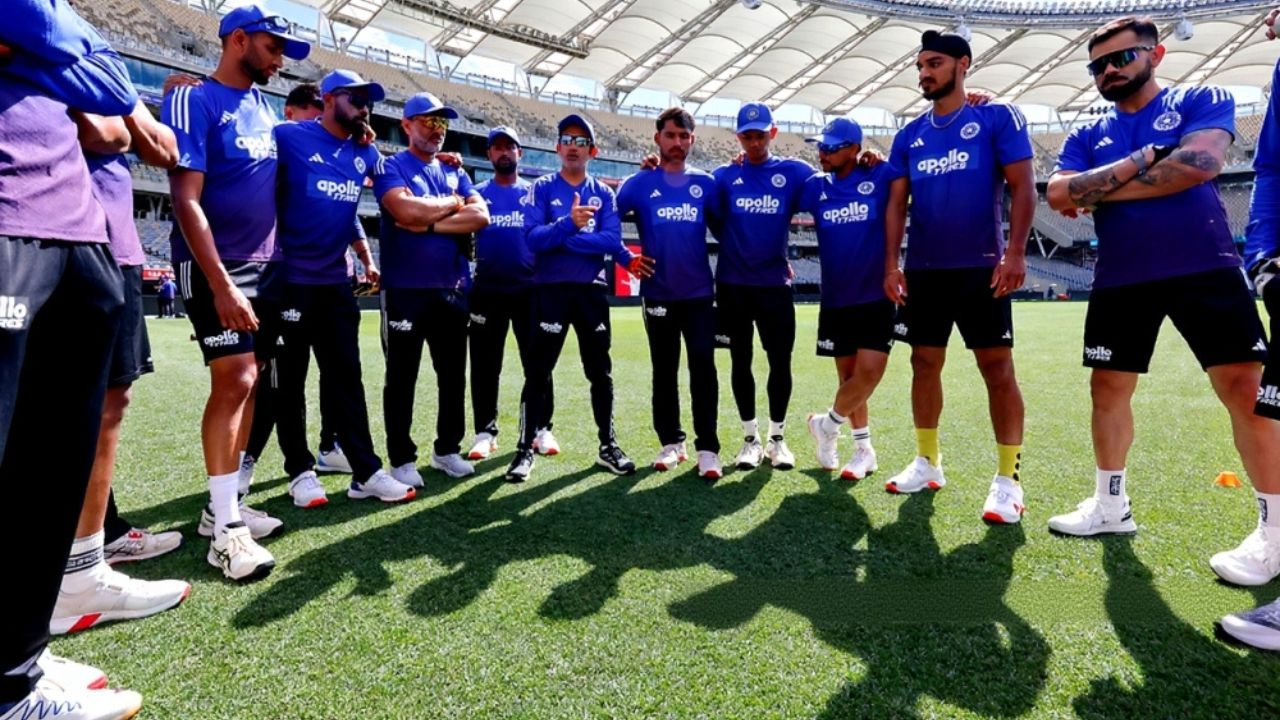How Rohit Sharma Batted In 2nd Super Over Despite Being Retired Out In 1st Super Over vs Afghanistan? ICC Law Explains The Rule
Published - 18 Jan 2024, 01:04 PM | Updated - 23 Aug 2024, 12:25 AM

Indian skipper Rohit Sharma guided the team to a thrilling victory in the third and final match of the recently concluded T20I series against Afghanistan. However, Rohit Sharma’s decision to retire out in the first super over sparked a debate in the cricketing community.
Rohit Sharma scored an unbeaten 121 runs off 69 balls, guiding India to a formidable total of 212. The 36-year-old effectively led the team while defending the target. However, Afghanistan showcased brilliance with the bat, leveling the score in Bengaluru on Wednesday.
Rohit Sharma Retires Out In The First Super Over Of The Match
During the Super Over, Afghanistan set a challenging target of 17 for the hosts. Rohit Sharma smashed two maximums off the third and fourth balls, bringing the equation to three runs needed off two deliveries. He took a single off the penultimate ball of the over.
With two runs needed, Rohit retired himself, allowing Rinku Singh to take his place at the non-striker’s end. However, Yashasvi Jaiswal mistimed the final ball to the wicketkeeper, and the duo managed a single, leading to a second Super Over to determine the winner.
ICC Super Over Regulations And Eligibility For Batting And Bowling
The question arose when Rohit Sharma was allowed to bat again in the second Super Over despite having retired himself ‘out’ earlier. Rohit, alongside Rinku Singh, re-entered the pitch for the crucial phase of the game. The hosts emerged as winners in the second Super Over.
As per ICC’s T20I playing conditions, any batter dismissed in a previous Super Over is considered ineligible to bat in subsequent Super Overs. This rule applies to both batters and bowlers, as neither Mukesh Kumar nor Azmatullah Omarzai bowled in the second Super Over.
25.4.2 – If a batter retires because of illness, injury or any other unavoidable cause, that batter is entitled to resume his/her innings. If for any reason this does not happen, that batter is to be recorded as ‘Retired – not out’.
25.4.3 – If a batter retires for any reason other than as in 25.4.2, the innings of that batter may be resumed only with the consent of the opposing captain. If for any reason his/her innings is not resumed, that batter is to be recorded as ‘Retired – out’.
In case of a Tied Super Over: Any batsman dismissed in any previous Super Over shall be ineligible to bat in any subsequent Super Over.
It is noteworthy that the match officials did not clarify whether Rohit was retired or retired hurt. The umpires may have made a mistake, as the injury was not apparent. According to the rules, a batter who retires without injury or illness has the status of ‘retired not out’ and may return to bat later only if permitted by the fielding team.
Rohit played a crucial role with the bat in the subsequent Super Over. The Indian captain made an impact by hitting a six and a four in the first two balls. Despite losing two wickets in the next three balls, the home team set a target of 12 runs. Ravi Bishnoi secured two wickets in his first three deliveries, securing the victory for the Indian team.
About the Author

Sai Vaitla is an author at Cricketaddictor and he has been working since September 2022. Sai Vaitla... Read more










